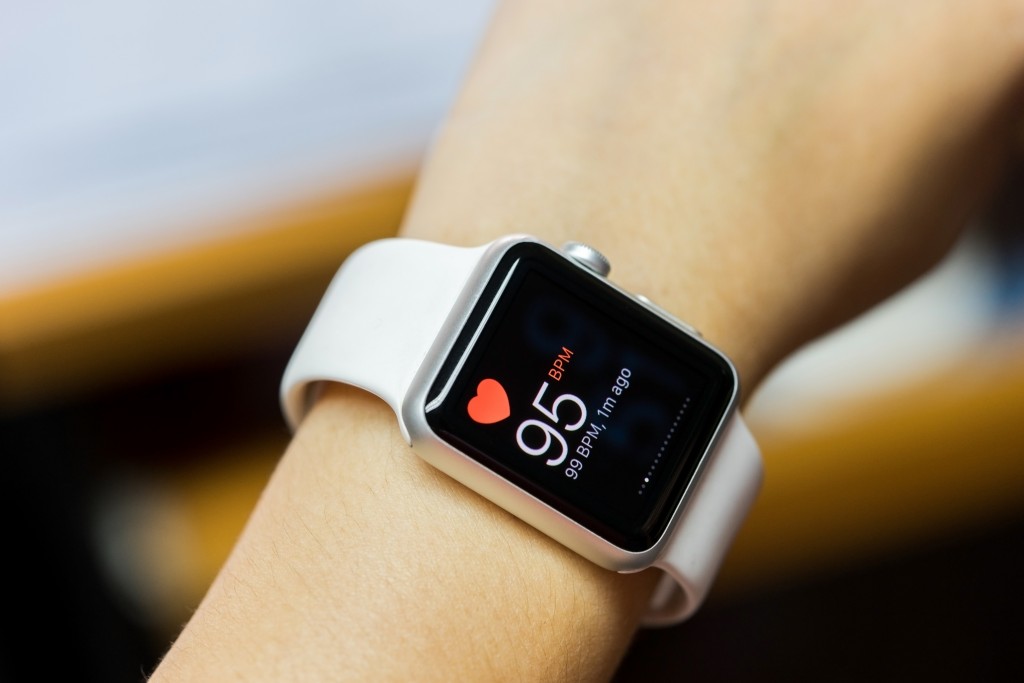The global market for AI-Enabled and wearable electronics is estimated to reach over $61.4 billion by 2025. Thanks to the accessibility of inexpensive sensors, miniaturized but robust microchips and processors, low-energy light electronic parts, developing app ecosystem, and the expansion of applications associated with the innovative concept.
To help you understand this rapid-growing sector, here’s all you need to know about AI-Enabled and wearable electronic devices — from what is it, capabilities, impact, and standing in the future.
What Are AI-Enabled Smart Electronic Devices
Artificial intelligence was bound to disrupt different industries virtually. It streamlines the tasks done by everyday people, allowing them to live their lives more efficiently and fast — and the concept of wearable AI is the peak of this technological concept, making it available to most people for everyday use.
These can include anything from fitness trackers to smartwatches. Smart wearables bear a massive potential in profits and market prominence, so besides buying 0800 numbers for your business, why not pair it with some AI-enabled wearables to streamline your operations to make life a bit easier?
AI-Enabled Smart Wearable Capabilities
Smart wearables are the newest innovation in the sector, taking the technology to a fevered pitch in its industry. These small devices have the potential to replace smartphones, bring the benefits of digital health to reality, assess the rise of hyper-connected interactive enterprises, and even make your clothes “smart.”
The concept of AI-enabled and wearable electronic devices has several capabilities that can help most industries. For instance, its role in the telehealth sector drives positive patient experience and removes access barriers, ensuring patient-centered and convenient healthcare thanks to the technology streamlining treatment procedures and lab tests.
The most popular form and prevalent device representing ‘smart wearable’ is the smartwatch — allowing you to do almost everything on your phone in the comfort of your wrist, from text messages to blasting your favorite tunes.

The Impact of AI-Enabled and Wearable Devices
Although smartwatches are the trendiest AI-enabled wearable out there, instead of making lives convenient and looking stylish — the most significant impact it has had is in the healthcare industry. Early on, medical wearables are poised to make telehealth through the RPM capabilities, making any healthcare facility self-determined. Its impact is immeasurable, and opportunities are vast as the modern healthcare system seeks to use telehealth to move forward with its value-based care goals.
Besides that, smart wearables will also play a significant role in precision medicine, helping doctors better understand their patients’ health. Additionally, sensor integration and continual monitoring of a patient’s vital signs and chemical decisions can drastically help physicians see what’s wrong even when using these subtle changes in the health pattern.
The Future for AI-Enabled Smart Wearables
From the simplest smartwatch to the most complex monitoring device, many smart wearables will continue to advance. For instance, experts plan to expand applications of biophysical and biochemical monitoring for blood pressure and diabetes.
Another improvement in the future includes integrating AI into “Healthbot” applications in smartwatches, helping individuals dealing with an incurable disease or therapy management. It’s no secret that smart wearables are benefitting the healthcare sector, but it can also expand other services in the technology, customer service, clothing industry, and more.
The sales of electronic wearables are estimated to reach over $43 billion annually by 2021. These forecasts suggest that the wearables sector will not lack the support it needs to back extensive research into newer technologies and explore its full potential — allowing individuals to streamline their routines and live seamlessly.
